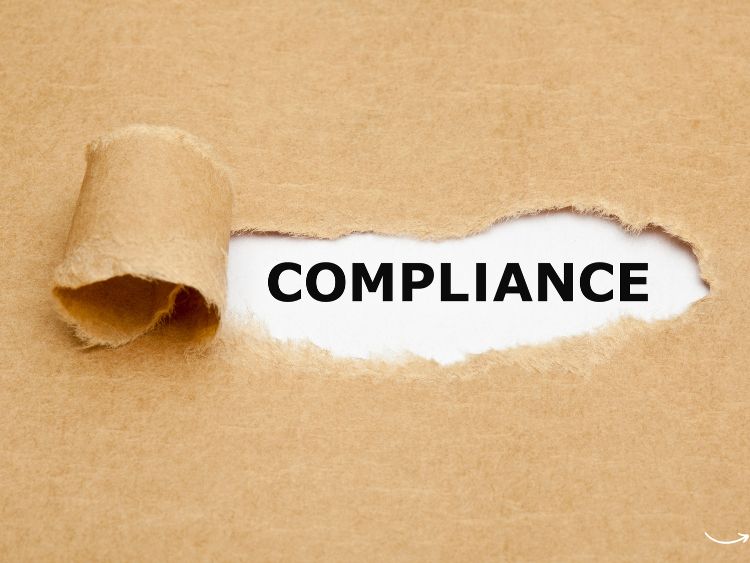Hey there, corporate warriors! Ever wondered what keeps the corporate engine running smoothly? It’s all about compliance. Without it, businesses could find themselves in hot water faster than you can say “penalty fees.” In this article, we’re diving into corporate compliance insights—offering a roadmap to understand, implement, and maintain effective compliance in your organization.
What is Corporate Compliance?
Corporate compliance ensures that companies adhere to laws, regulations, and ethical standards. It’s like the rulebook for playing the business game, and trust me, you don’t want to get caught breaking the rules.
The Importance of Corporate Compliance
You might think, “Isn’t compliance just about avoiding legal trouble?” Well, yes and no. While staying out of legal hot water is a big part of it, compliance also builds trust with your stakeholders, enhances your company’s reputation, and ultimately contributes to your bottom line.
Key Areas of Corporate Compliance
Corporate compliance isn’t a one-size-fits-all deal. It covers various areas such as:
- Financial Reporting: Ensuring accurate and honest financial statements.
- Data Protection: Safeguarding sensitive information against breaches.
- Environmental Laws: Adhering to regulations that protect our planet.
- Employment Laws: Treating employees fairly and within legal boundaries.
Building an Effective Compliance Program
Alright, let’s get down to the nitty-gritty. How do you build an effective compliance program? It might seem daunting, but with the right approach, you can create a robust system that safeguards your company.
Step 1: Conduct a Risk Assessment
Start by identifying the risks specific to your industry and company. What are the potential areas where you might fall short of compliance?
Step 2: Develop Policies and Procedures
Once you know your risks, draft clear policies and procedures to address them. Make sure these documents are accessible and easy to understand for everyone in the organization.
Step 3: Implement Training Programs
A policy is only as good as the people who follow it. Regular training ensures that your employees understand their responsibilities and the importance of compliance.
Step 4: Monitor and Audit Regularly
Compliance isn’t a “set it and forget it” kind of thing. Regular monitoring and auditing help you catch issues before they become big problems.
Step 5: Foster a Culture of Compliance
Encourage an environment where compliance is part of the company culture. When everyone understands its importance, compliance becomes second nature.
Benefits of Corporate Compliance
You might be wondering, “What’s in it for us?” Besides avoiding fines and legal trouble, there are several benefits to maintaining strong corporate compliance.
Enhanced Reputation
A company known for its integrity attracts more business and top talent. Your reputation can be a significant competitive advantage.
Risk Mitigation
By proactively addressing compliance issues, you reduce the risk of costly legal battles and regulatory fines.
Improved Efficiency
Compliance can streamline your operations by establishing clear processes and procedures. This leads to better decision-making and more efficient operations.
Challenges in Corporate Compliance
Of course, nothing worth having comes easy. There are challenges in maintaining corporate compliance, but recognizing them is the first step to overcoming them.
Keeping Up with Regulations
Regulations are constantly changing, and keeping up can feel like a full-time job. But staying informed is crucial to maintaining compliance.
Ensuring Employee Buy-In
Getting everyone on board with compliance can be challenging. It’s essential to communicate the importance and benefits clearly.
Balancing Costs
Implementing compliance measures can be expensive, but the cost of non-compliance is often much higher.
Corporate Compliance Insights for Specific Industries
Different industries face unique compliance challenges. Let’s look at some insights for a few key sectors.
Healthcare
In healthcare, compliance isn’t just about avoiding fines; it’s about patient safety. Strict regulations govern everything from patient data privacy (HIPAA) to clinical trials.
Financial Services
The financial sector is heavily regulated to prevent fraud and protect consumers. Compliance involves adhering to anti-money laundering (AML) laws, the Dodd-Frank Act, and more.
Technology
With the rise of data breaches, technology companies must focus on data protection and privacy laws, such as GDPR and CCPA.
Manufacturing
Manufacturers need to comply with safety regulations, environmental laws, and quality standards to avoid recalls and penalties.
FAQs
What is the role of a compliance officer?
A compliance officer ensures that a company adheres to legal standards and internal policies. They develop compliance programs, conduct audits, and act as a liaison between the company and regulatory bodies.
How often should we review our compliance program?
At least annually. However, significant changes in regulations or your business operations might necessitate more frequent reviews.
Can small businesses afford robust compliance programs?
Absolutely. While small businesses might not have the same resources as larger corporations, they can tailor compliance programs to their specific needs and risks.
What happens if we fail to comply with regulations?
Non-compliance can lead to hefty fines, legal action, and reputational damage. In severe cases, it can result in business closure.
Conclusion
Corporate compliance insights isn’t just a legal requirement; it’s a cornerstone of good business practice. By understanding and implementing effective compliance strategies, you protect your company, build trust, and pave the way for long-term success. So, roll up your sleeves, embrace these corporate compliance insights, and make compliance a priority in your organization.
And remember, in the ever-evolving world of business, staying compliant is not just about following the rules—it’s about setting the standard.
